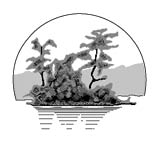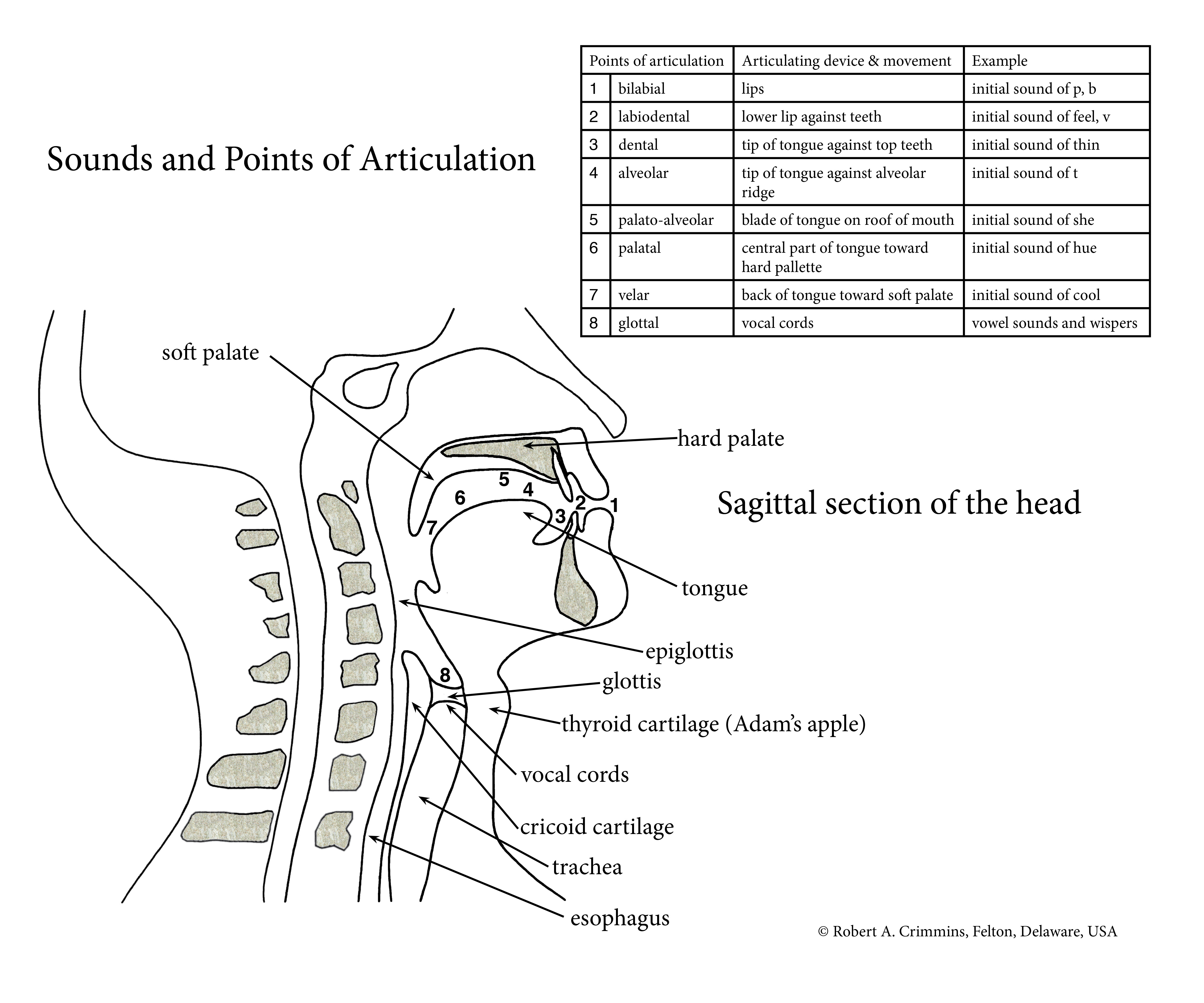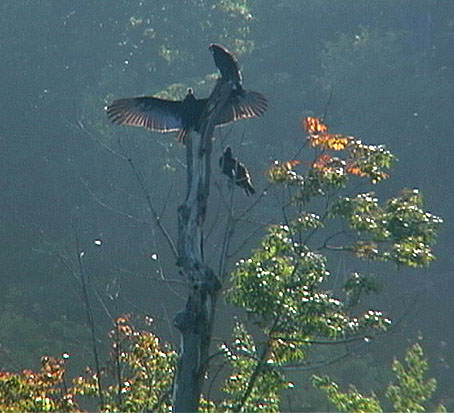Science and Technicalarticles and publications by Rob Crimmins
CENTER FOR THE (Delaware) INLAND BAYS, 16 PAGE NEWSPAPER INSERT ON ENVIRONMENTAL INDICATORS
Eleven “environmental indicators” are described in this sixteen page newspaper insert. These “indicators” are activities and conditions that illustrate whether or not the quality of the water in Delaware’s Inland Bays is improving. I came to put the isert together in a roundabout way. Our home is across the street from Killens Pond State Park in Felton, Delaware. I love the place so when John Tazelaar, a neighbor, contacted me and a few others to form a friends group for the park I joined. Our first president was Marvin Brown, my next door neighbor, and I was elected to the post the second year. One evening a young woman who worked for DNREC, the Delaware Natural Resources and Environmental Control agency, came to our meeting and asked if any of us would be interested in working on a “Tributary Action Team”. Once she explained what that was I decided to attend the meetings. Tributary Action Teams are a way to have people who live in a given area get involved with, and even write, pollution control strategies for their watershed. It turned out to be a difficult and time consuming but interesting activity. Soon I met other volunteers on other Delaware Trib Teams and professionals who were working on various pollution control and nature preservation projects. One of them was Ed Lewandowski with the Center For The Inland Bays, a well funded organization that studies and promotes the conservation and preservation of Delaware’s Inland Bays. Ed needed help writing and publishing the newspaper insert and hired me to do most of the writing and photography and all the design and layout.
MUTUAL BENEFITS
by Rob Crimminsexplains how the symbiotic relationships between the pines and the mushrooms and between different tree species are among the more complex examples of how organisms in ecosystems depend on each other.
IF IT STINKS, IT WONT FLY IN SPACE: SOME NOTES ON THE NOSE
by Rob CrimminsAt the Analytic, Chemical and Environmental Lab at NASA's White Sands Test Facility, 20 volunteers have sniffed it all. Since 1967, they've smelled every item carried in the crew cabins of American spacecraft.
To be sure that the astronauts aren't affected by unpleasant odors everything is sniffed. Each item undergoes machine analysis or tests for toxicity but the human nose is orders of magnitude more sensitive than any machine and noses make the final check for harmful or unpleasant odors.
There's a bit of a giggle factor associated with this work, but it is important. Should a flight crew or even one astronaut develop motion sickness as a result of an objectionable odor the cost could be very high. In the most notable example a Soviet spaceflight in 1976 ended early when a harsh odor in the cabin of Salyut5/Soyuz21 sickened the cosmonauts.
For some substances, very low concentrations can have serious effects so . . .
The Speech Chain
by Rob CrimminsThe process of producing, perceiving and understanding human speech.
The sales and MARKETING BROCHURE for Rodney Square Building Restorations, Inc. and the company's web site were two projects that I completed when I ran the company from November of 2009 until the end of 2011. I wrote all the copy for both, did the page layout for the brochure, most of the 3D models and photography and along with my son, designed the web site.
Stream Watch
I monitor the stream behind our house according to the methods in the article. For a time, a neighbor's grandson helped. He was a latchkey kid except he often didn't have the key. When he came home from school on those days he would come to my house where he would watch TV or do his homework until his grandmother or her boyfriend came home, sometimes after dark. They eventually moved and I don't know what became of the boy although I hope I gave him an interest in science that lasted.Development, industrialization, highway construction and particularly farming has disturbed much of the surface of the land in Delaware since it was first settled. Geology is a factor that makes the ground to much greater depths in the Mid-Atlantic region recently established. The Chesapeake Bay, the country's largest estuary is only three thousand years old so it is remarkable that stone age tools were discovered here.
Stone Age Site is a brief article about the unlikely discovery of paleo-indian tools just a few feet beneath the ground in Felton, Delaware.
Stone Age Site is a brief article about the unlikely discovery of paleo-indian tools just a few feet beneath the ground in Felton, Delaware.








